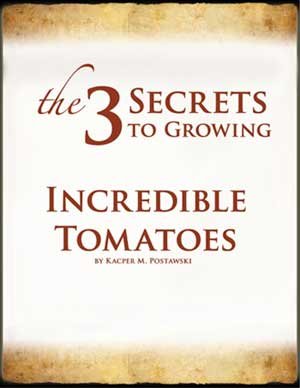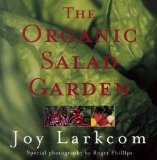

And is there a low-cost alternative?
There are two main types of creosote: wood creosotes, which are derived from the creosote bush (Larrea) or beechwood (Fagus); and coal-tar creosotes, which are produced in the distillation process of coal tar. The creosote at question here is the latter - a thick, sticky black substance used to preserve wood, including railroad ties, utility poles, and marine pilings.
Creosote is composed of a mixture of chemicals, about 300 of which have been identified, but there could be up to 10,000 more present in the mixture. Some components of this chemical cocktail dissolve in water or seep from treated wood. They can contaminate soil and move into groundwater, and persist for many years.
Of perhaps greater concern than contaminating your garden is the health risk that creosote presents to you. The International Agency for Research on Cancer and the Environmental Protection Agency (EPA) have both found creosote to be a probable carcinogen. Low-level, long-term exposure can also cause reddened, blistered, or peeling skin, increased sensitivity to light, and eye damage. Preparing and handling the ties during installation and simply gardening around them could expose you to potential health risks. You could be allowing creosote to enter your body by getting it on your skin, ingesting contaminated food or soil, drinking contaminated water, or breathing contaminated air.
In short, don't use the railroad ties. It's not worth the risk to you or your garden. So what's your best and cheapest alternative? Cinder blocks, or the more attractive concrete retaining wall blocks. These blocks are inexpensive, durable, and widely available. Manufacturers have branched out from the traditional (and institutional) gray color and now offer blocks in a variety of colors and textures, including faux rock.



If you're interested in growing tomatoes, you've got to read this free report, because you're about to find out 3 age-old, tried and tested, organic tomato growing secrets that turn any tomato plant into a thriving source of the juiciest, most mouth-watering tomatoes you've ever tasted.
I didn't want to see another internet "eBook" on growing anything, but my husband signed up for Kacper's free report and I have to tell you, it is WELL worth the read. If you think you know everything about growing tomatoes, I challenge you to read Kacper's report. HIGHLY recommended!
Discover how to easily build an attractive and affordable greenhouse that will grow anything in any conditions. Also, building your own greenhouse just makes economical sense. You can build a greenhouse at just a fraction of the cost of buying a pre-built one. Most pre-built greenhouse you buy need to be assembled anyway, you are really just paying hugely inflated prices for the material.

Based entirely on organic gardening principles. This says it all. Joy's book has been fully revised and updated and includes extensive new reading, particularly on oriental and fruiting vegetables, and did I mention, is now entirely based on organic gardening practices. Read More...
